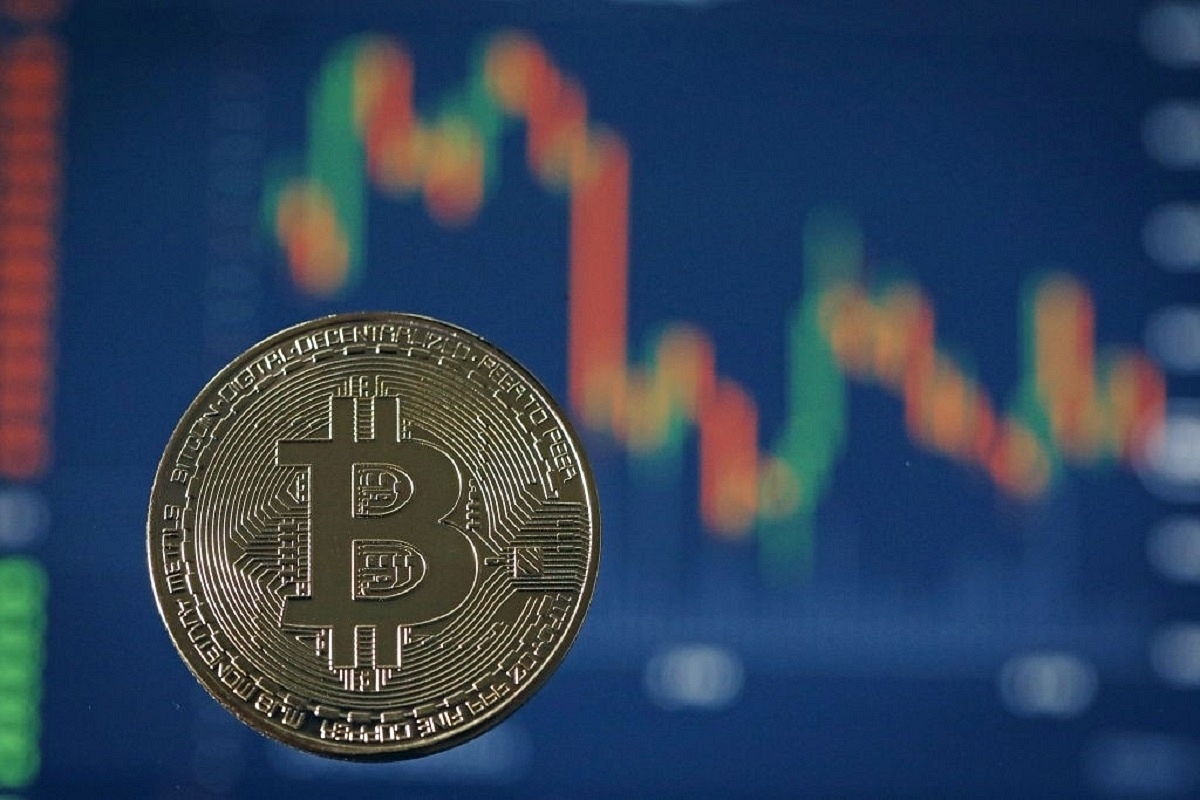Ideas
Ban Or Regulate? How To Resolve The Crypto Dilemma By Hastening Slowly
- Cryptos are uncharted territory — it is best to hasten slowly, and instead buy us time to figure out its pluses and minuses before diving into the pool head first.

Bitcoin, world’s foremost cryptocurrency. (Dan Kitwood/Getty Images)
The question of whether to ban cryptocurrencies or regulate them raises the same kind of policy dilemmas as questions about legalising marijuana or ending prohibition on alcoholic beverages. Whichever way you decide, you are actually expressing your approach to the everyday moral hazards human beings face all the time.
Any answer would come with caveats: sure, ban it, provided you can police the ban effectively. Sure, regulate it, if you can do this better than a ban. Or opt for a mix of ban and regulation, where some aspects of crypto are banned and other aspects regulated.
At a meeting of the parliamentary panel on finance yesterday (15 November), crypto dealers — not surprisingly — suggested regulation rather than a ban since a ban is 'impossible'. There is, however, merit even to this self-serving suggestion: cryptos will indeed be traded by Indians, regardless of whether the Reserve Bank of India (RBI) bans it or not. Indians are not supposed to invest in lotteries abroad, but they still do so on the quiet.
So, what is the way forward? Let’s start with the less controversial ideas first.
One, there should indeed be a ban on advertising cryptos as a sure thing, and the fact that it is not yet legal tender should be emphasised. Right now, too many crypto ads, despite having some hushed-up disclaimers, are miss-selling the product too much.
Two, there is no reason whatsoever why cryptos should not be treated as an asset class, and hence subject to capital gains taxation. If the government wants to be over-cautious, it can impose riders: for example, crypto ownership can be made legal only if bought and sold through recognised crypto exchanges, and where both buyer and seller are Indian KYC compliant. For starters, capital losses can be disallowed for setoffs against gains. This can change later, once the regulators understand what is going on better and know that the losses are real. Dealing with cryptos the same way we dealt with P-notes and entities residing in tax havens is an option.
Three, since cryptos can be both, currency and asset class, trading in them requires both the currency regulator (the RBI) and the market regulator (Securities and Exchange Board of India) to be on the same page. This implies either joint regulation or the creation of a separate regulatory set-up with representatives from both regulators. Deciding who should regulate is as important an issue as what to regulate.
Four, if cryptos can be traded as an asset class, one should, with some safeguards, be able to allow cryptos to trade against one another. We should be able to know how much Bitcoin is going to trade against Ethereum or Binance Coin. At some point, when the RBI decides to create its own rupee-based crypto, this too should be allowed to be traded and find its own exchange rate. After all, if the main idea is that cryptos are not fiat currency — and thus cannot be endlessly created through government diktat — it implies that they should not lose value, including against one another.
Five, we must put in place a robust data monitoring system, where trends in the daily prices of various cryptos and volumes are noted and analysed regularly. This will, at some point, help the RBI decide whether cryptos are safer for widespread use and capable of being regulated sensibly — and even used as a regulated currency to settle local or international deals.
The bottomline is this: cryptos are uncharted territory. It is best to hasten slowly, and instead buy us time to figure out its pluses and minuses before diving into the pool head first.
Introducing ElectionsHQ + 50 Ground Reports Project
The 2024 elections might seem easy to guess, but there are some important questions that shouldn't be missed.
Do freebies still sway voters? Do people prioritise infrastructure when voting? How will Punjab vote?
The answers to these questions provide great insights into where we, as a country, are headed in the years to come.
Swarajya is starting a project with an aim to do 50 solid ground stories and a smart commentary service on WhatsApp, a one-of-a-kind. We'd love your support during this election season.
Click below to contribute.
Latest